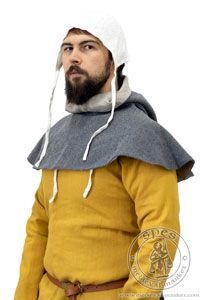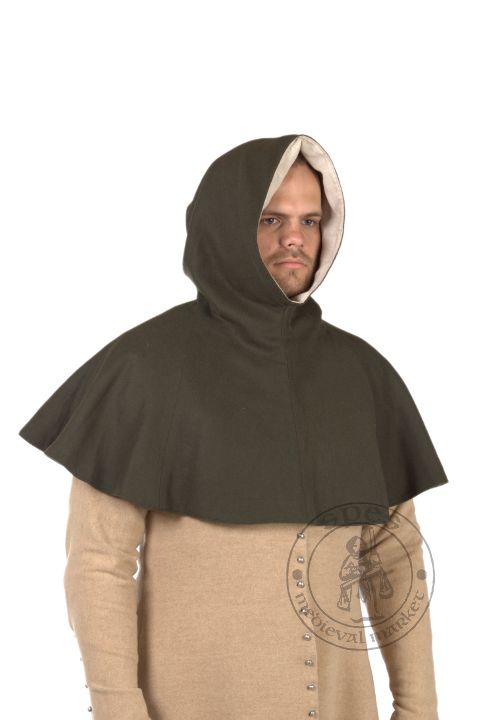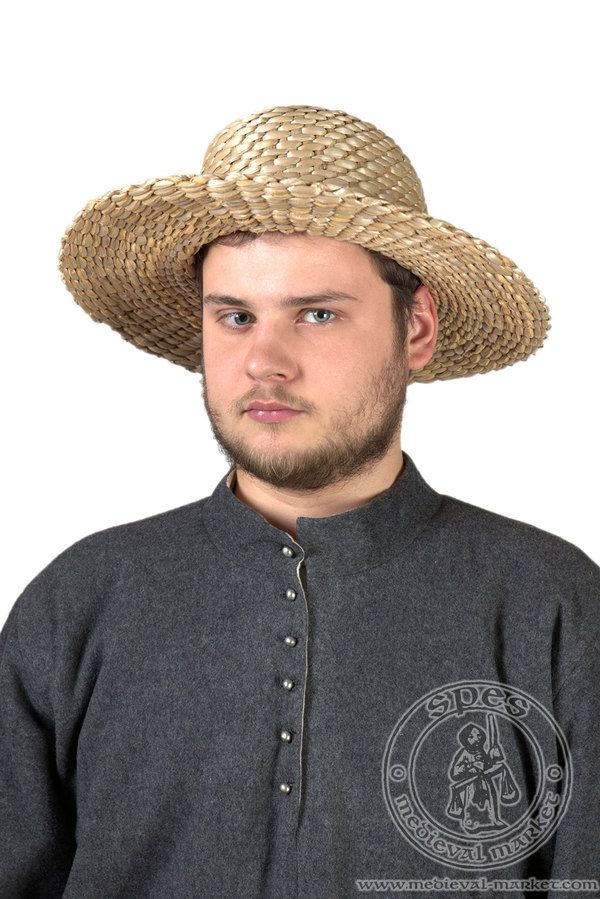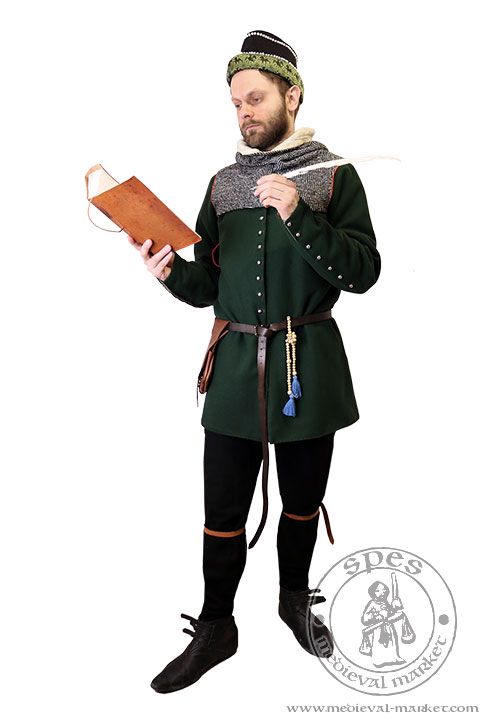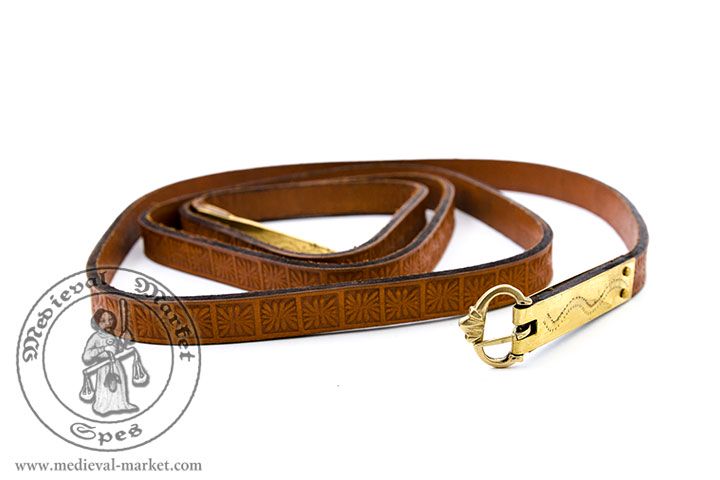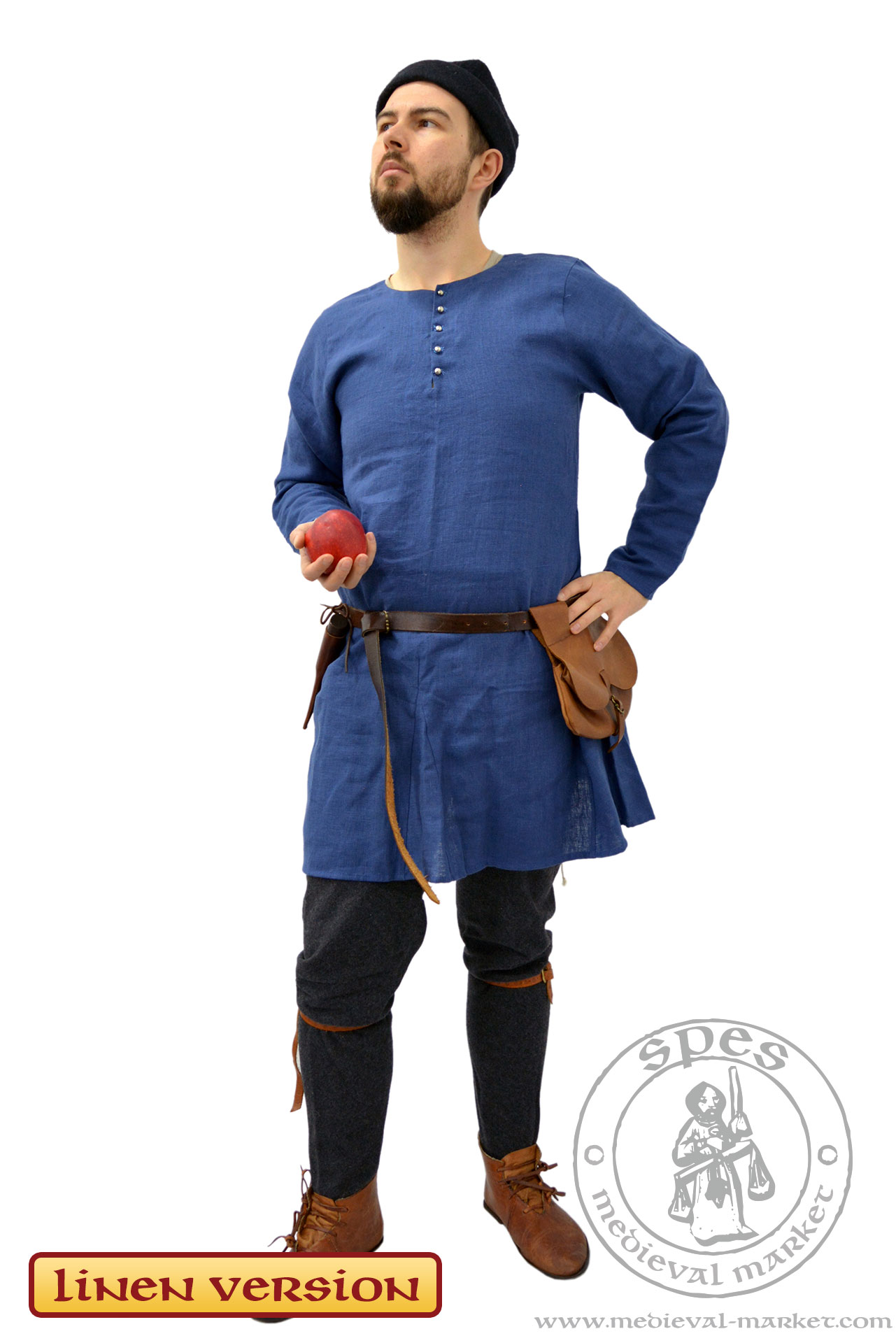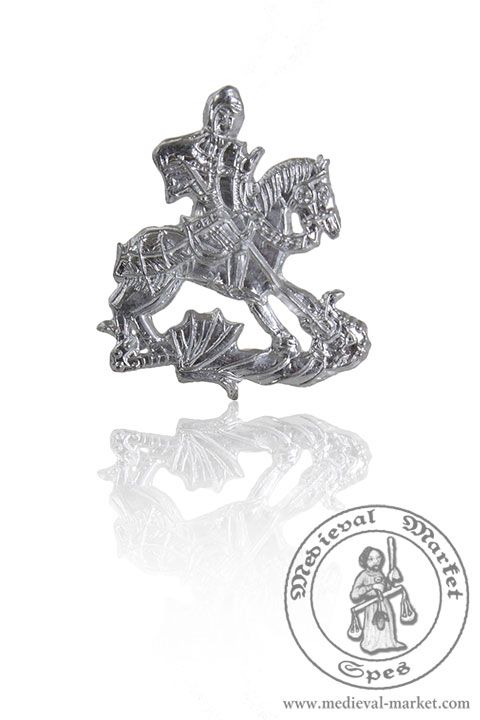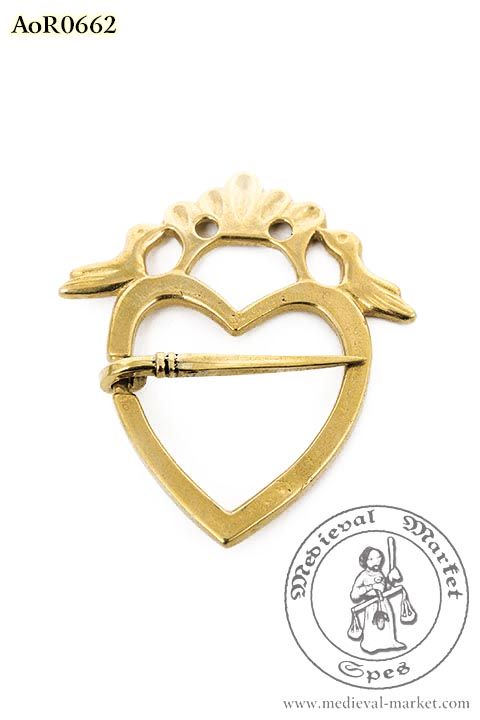This website uses cookies according to the Privacy Policy. By continuing to use the site you are agreeing to our use of cookies.
If you wish to adjust your cookie preferences for this website, you can do so using your browser settings.
If you wish to adjust your cookie preferences for this website, you can do so using your browser settings.



×
Automatic translation may cause errors - if you have encountered difficulties in placing an order, turn off these options in your browser.
Category: Male clothing > medieval headwear
Medieval hood with liripipe
Medieval hood with liripipe
Century: XIV, XV| CODE | Material |
Standard
|
Price | |
| GMWR0136 | Wool | Hand-made | 89.00 EUR |
|
| GMWS0135 | Wool | Mixed | 69.00 EUR |
|
- You can choose a type of a cut-out after click 'buy'.
Lowest price in the last 30 days
See how to place an order for several people
Medieval headwear made of wool with linen lining. This medieval hood has a characteristic long tail - a liripipe - and a collar reaching the shoulders. It’s an all purpose model, perfect with loose garments (tunic, robe), as well as garments fitted to body shape (cotehardie, jopula). On special request we can decorate this model with a cutout.

REMEMBER!
If you want your order to be realized FASTER, please provide us your head girth (B1) and neck girth (B2) during placing it. This will speed up production, so your hood will come to you sooner!
If you want your order to be realized FASTER, please provide us your head girth (B1) and neck girth (B2) during placing it. This will speed up production, so your hood will come to you sooner!
Liripipe hood in historical sources
Usually, historical sources present this model of medieval hood with a liripipe decorated with a cutout. You can find it on the pages of comédies de Térence, illustrated in the 15th century.What is the role of liripipe in hood?
A liripipe is a characteristic element of a few medieval hoods from our assortment. The reasons for introducing this long tail are not entirely clear and we can assume that it’s a simple, yet effective, item of the former fashion. A liripipe could be worn loosely on the back, wrapped around the head, or on the shoulder.Still, a tail has some practical features. Wrapped around the head, it prevents the hood from slipping off, which is important for a knight or fighter. You can also easily transform a medieval hood into a fabulous chaperon.





 Female Clothing
Female Clothing
 Accessories
Accessories Furniture
Furniture Tents
Tents Armament
Armament HMB Line
HMB Line Miscellaneous
Miscellaneous Rent
Rent In stock
In stock Special Offers
Special Offers Search
Search Your Account
Your Account About us
About us Sizing
Sizing How to buy
How to buy Blog
Blog Links
Links Events
Events
